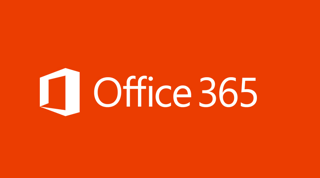-
Office 365 REST APIを利用したRuby on Railsアプリの作成

Office 365は、Outlook(Exchagne)、OneDriveおよびVideoにREST API…
-
RailsのActiveRecordのbefore_validationなどのコールバック関数で前の値を取得するには
例えば、Userモデルのemailを変更しようとしたときにbefore_validationなどのコールバック…
-
RSpec ActionMailterで送信したメールのテストの書き方
送信されたメールを取得 [ruby] sent_mail = ActionMailer::Base.deliv…
-
devise、cancanと連携して管理者ユーザーにのみRailsAdminを公開するには
RailsAdmin は、Railsで最も良く使われている管理画面のgemで、Modelのデータを管理する画面…
-
rubyzipでzipファイルにストリームデータを追加する
Rubyでzipファイルを扱う場合は、Gem rubyzip を利用します。zipruby など他のGemは更…
-
Rails 3.2 Mongoid devise メール確認によるサインナップ :confirmable、招待 :invitable
前提: Rubyおよびrailsとbundlerのgemはインストール済み 古いバージョンのRailsを指定し…
-
古いRailsをインストールして Rails new するには
$ gem install rails –version "~>3.2&am…
-
Ruby on Railsの公式ドキュメントリンク集まとめ
Rails Guide: Railsの公式ガイド http://guides.rubyonrails.org/…
-
Unicornをデーモンとして登録する
Rails の unicorn をデーモンとして登録するには unicornのGithubに公開されている i…
-
logrotatedでRailsのproductionログをローテーションするには
[bash] $ sudo vi /etc/logrotate.d/rails_production /var…